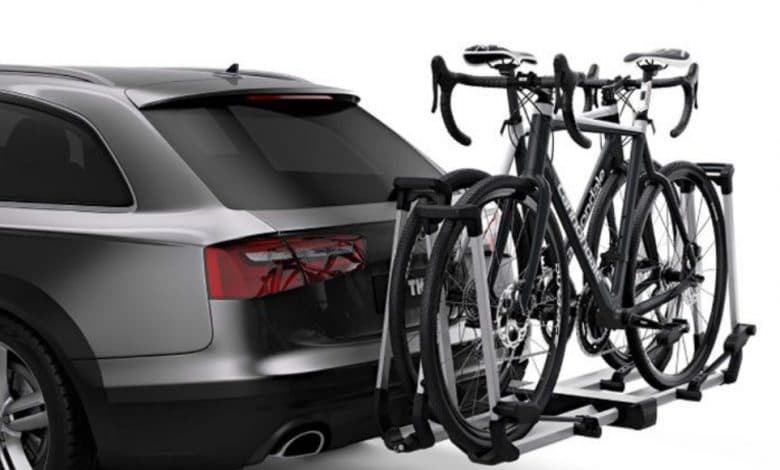How to save on fuel on trips this summer?
We leave you some good practices to save on summer trips

This year, with the price of fuels threatening to reach three euros per litre, Saving fuel on summer trips will not only benefit vehicle efficiency and protect the environment, but it will also be excellent news for our pockets.
To achieve this, we only need to carefully observe the recommendations of the Alquiber experts.
a series of singles driving tricks that, well applied, can even provide us with consumption figures below what the brands announce for your vehicles.
-
Weight and load distribution
Although the ideal is cleaning and leaving the essentials in the trunk, on longer journeys it is inevitable to carry more weight.
However, you can always avoid a few kilos leaving objects that are not going to be used, such as winter chains.
With this measure and with the proper placement of the luggage – lheavier pieces should go in the trunk, in the lower part and glued to the rear seats, while light ones should go on top of these, always ensuring good visibility through the rear window – an average-sized car can save up to 6% on fuel.
Every 100 kg of excess weight, fuel consumption at 100 km increases, on average, half a liter.
Not using the car as storage is an easy and practical way to save a few euros at the end of the month.
-
Aerodynamics and air conditioning
Vehicle aerodynamics are compromised especially on summer trips.
Use supports to carry luggage, such as the roof rack, increases fuel consumption by up to 10% – and although the chests are a better solution, they are still an element that reduces the aerodynamics of the vehicle and adds weight, so if they are not going to be used, it is better to remove them and store them.
Roll down the windows to combat the heat it makes the wind enter the vehicle, producing greater air resistance.
In this way, its opening or closing must be adapted to each journey, whether in the city or by road.
On a highway, at high speed, more fuel is consumed with the windows down than with the air conditioning – which should always be at a temperature between 21 and 23 degrees, which guarantees comfort and energy efficiency –.
-
tire pressure
Although the tires must always be inflated to the pressure indicated by the manufacturer, the weather conditions must also be taken into account – in very cold weather the tire needs a little more pressure.
Driving using tires with a pressure of 0,5 bars below the recommendation causes consumption to increase by up to 2% in urban areas and 4% in interurban areas, so it can be considered one of the elements that directly influence fuel consumption.
It should not be forgotten that tire pressure is also key for safety, since they are the vehicle's only point of contact with the road.
-
ecodriving
Keep a relaxed and steady pace, without forcing high speeds and avoiding sudden movements, is also important when it comes to saving fuel, since, on summer trips, with the increase in weight due to luggage and passengers, the speed factor can trigger fuel consumption.
You have to look for fluidity in the circulation, avoiding braking, accelerating and changing gear if not necessary: driving at more than 20 km/h with a gear engaged and without pressing the accelerator, fuel consumption is practically zero.
It is also important start the car engine without stepping on the accelerator – in gasoline engines it is possible to start driving immediately after starting, while in diesel engines it is advisable to wait a few seconds –; use the first gear only to start the movement, changing to second after two seconds or after approximately six meters of travel; and turn off the engine when possible: at idle, the car consumes between 0,5 and 0,7 litres/hour.
-
Travel planning
Checking the vehicle regularly guarantees safety and savings, especially before facing a long trip in which many unforeseen events may arise.
Planning each journey usually translates into a faster, easier and safer arrival at the destination, and saving fuel.
If a one hour trip takes us ten minutes longer than necessary, there may be a increase in gasoline or diesel consumption of up to 14%.
Of course, it is important not to become obsessed with minimizing the arrival time: always respect the speed limits and drive calmly, the really important thing is to reach your destination.
There are no previous results.




























